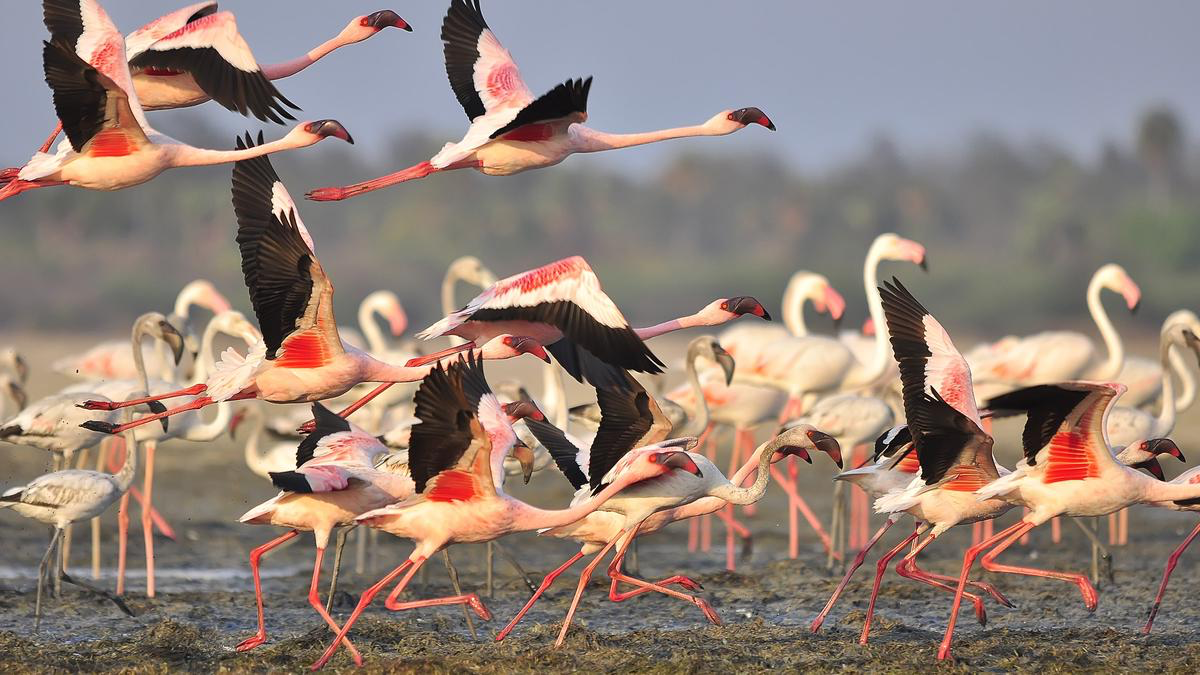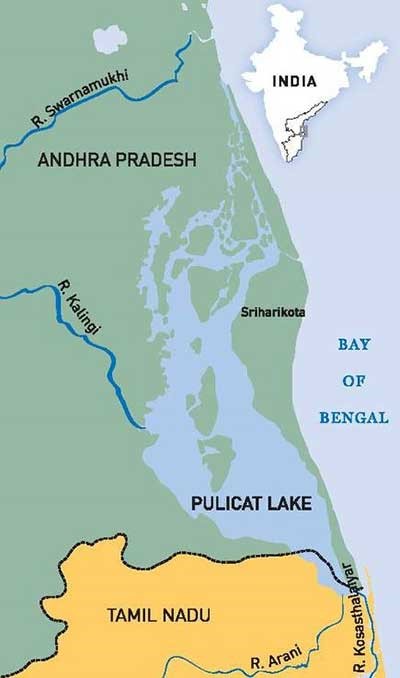Free Courses Sale ends Soon, Get It Now


Free Courses Sale ends Soon, Get It Now



Disclaimer: Copyright infringement not intended.
Context
About Lesser Flamingo
|
SCIENTIFIC CLASSIFICATION
|
Description
Size
Diet
Range
Habitat
Status
Fun Facts
About Pulicat Lake

|
PRACTICE QUESTION Q) Which of the following statements with reference to Lesser Flamingo is/are incorrect? a. These birds are found primarily in India and Pakistan. b. Flamingos are not born with their beautiful pink plumage.
Correct Answer: 1 |
https://www.thehindu.com/sci-tech/energy-and-environment/a-flamboyance-of-lesser-flamingos-have-arrived-at-chennais-pulicat/article66776533.ece
© 2024 iasgyan. All right reserved